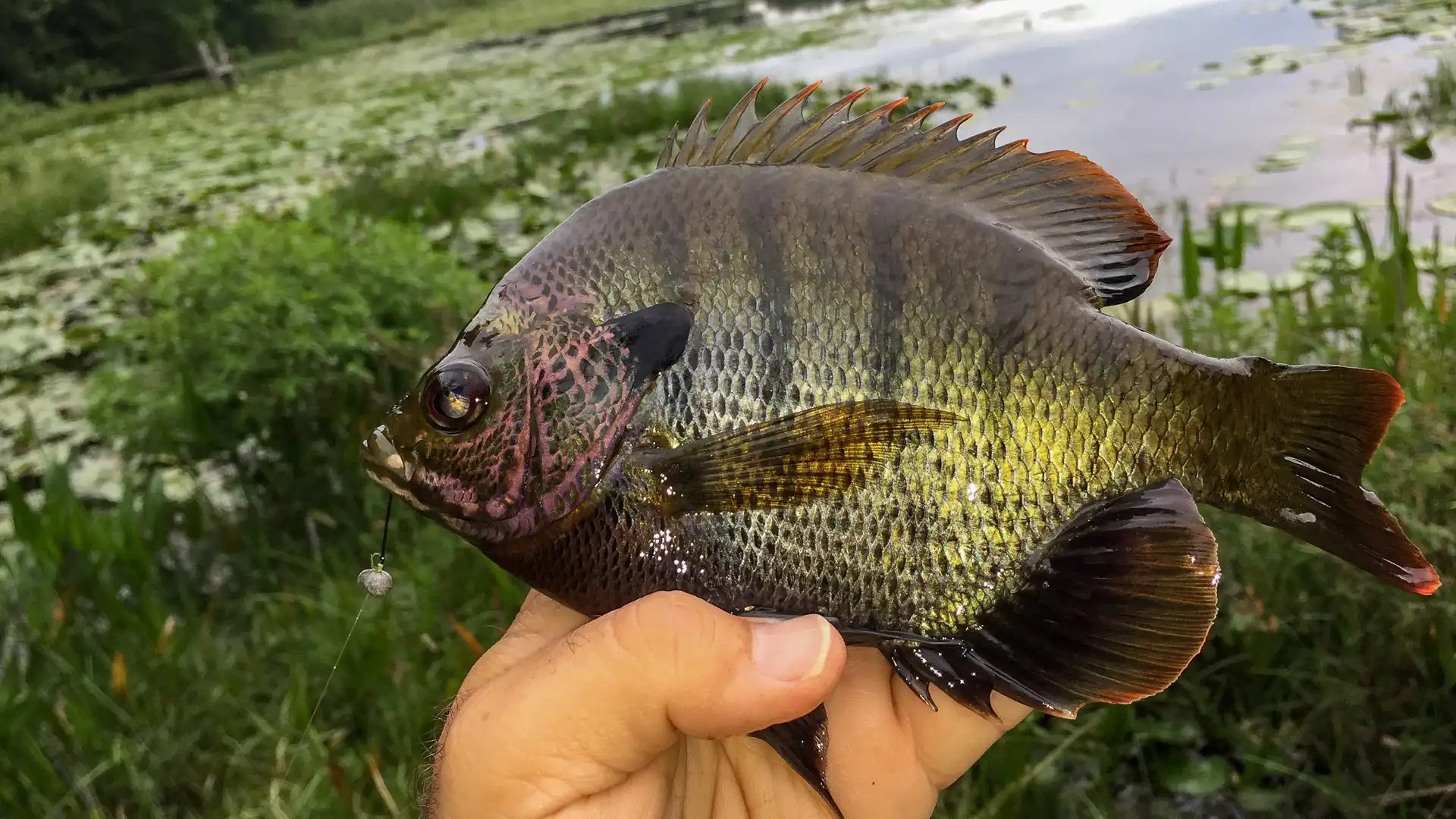
Fishing is a diverse sport with lots of options and differences, but one common truth unites it all: You need bait. Whether it’s panfish like bluegill, sunfish, crappie and yellow perch, or catfish, rainbow trout or largemouth bass, appetite drives the bite.
True, fish have been known to bite bare hooks, but statistically speaking, you’ll experience a lot more success by giving fish a reason to bite. We’ll save the artificial lure discussion for another time and look at popular organic options that you can make or catch.
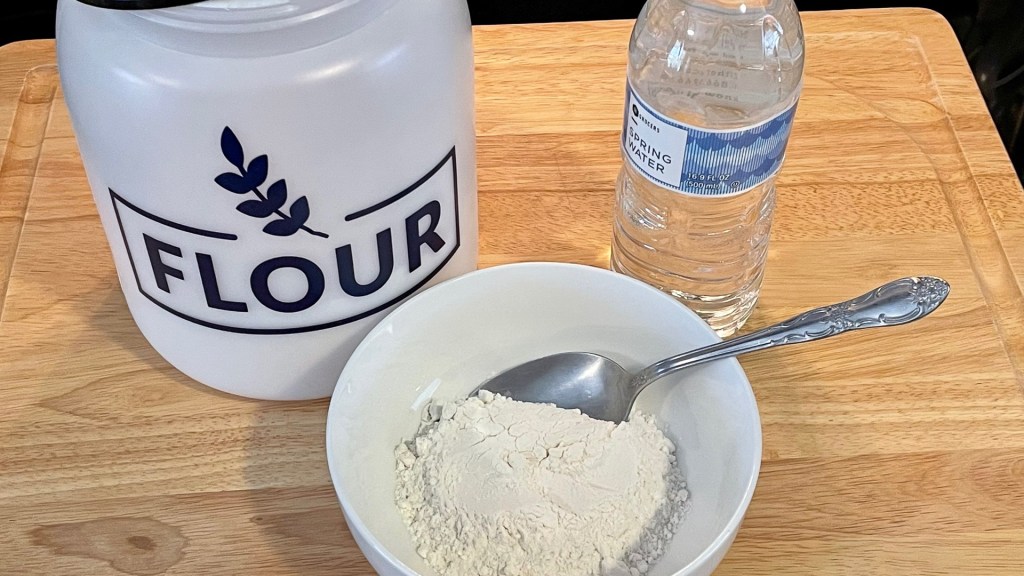
Dough bait
For decades, anglers have used bread balls for a variety of species. Wadding up store-bought bread works, but a baked product tends to loosen in the water, and fish can easily peck the bait off a hook.
Mixing all-purpose flour and water into a primitive dough improves the technique, but the sticky bait is difficult to handle, and if you don’t get it perfectly formed, fish can still tug it loose without getting hooked.
The solution: Elevate your dough-bait plan by microwaving the mixture to create a rubbery consistency that tightly clings to the hook.
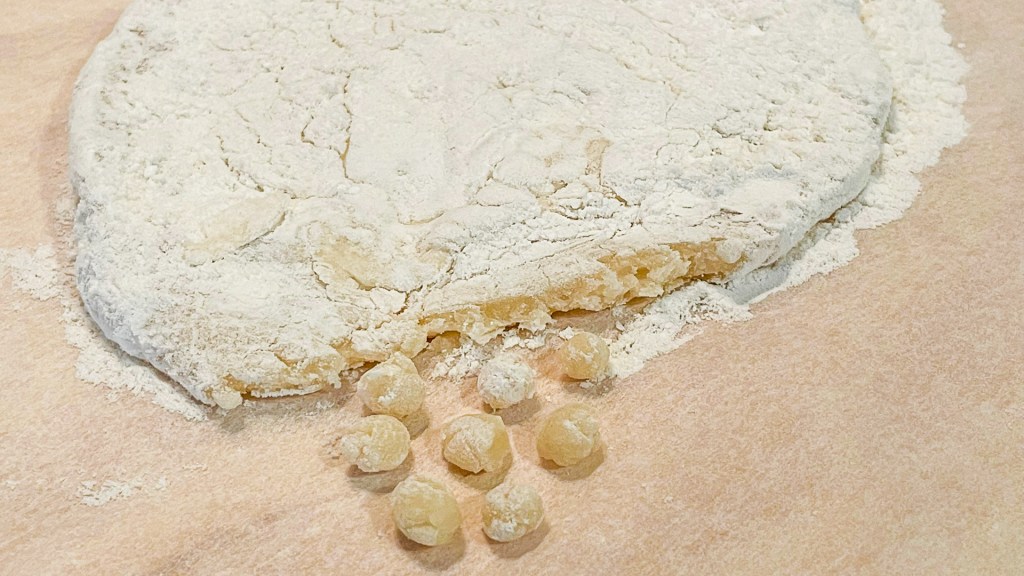
Preparation: Mix a cup of all-purpose flour (not self-rising) with enough water to hold it together in a firm, semi-moist clump. Sprinkle loose flour on a piece of wax paper, add the dough and dust it with flour. Flatten the dough into an even patty about 1/4-inch thick and microwave it for 30 seconds.
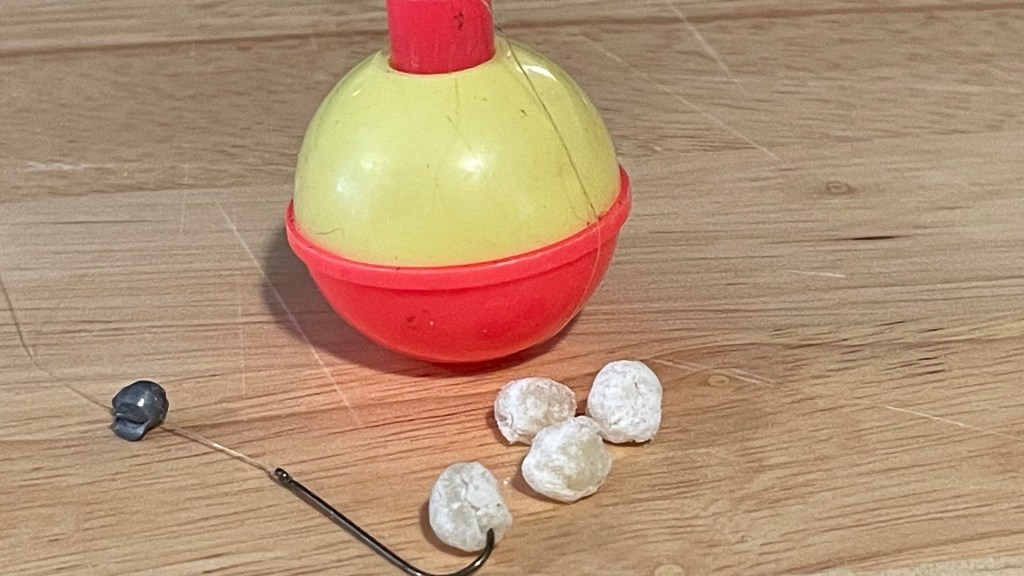
Check the dough; if any soft, sticky area remains in the middle, continue to microwave it in 10-second intervals. Your dough is ready when it takes on a darker tone with a firm, malleable texture that allows you to form dense dough balls that will cling to a hook, force fish to commit and increase your hookup percentages.
Application: Key benefits of microwaved dough bait are its longevity and portability. Unlike store-bought bread, it won’t turn stale or dry out during the fishing day. Carrying this bait requires only a zippered food-storage bag, which fits easily into a pocket, tackle bag or backpack with practically zero risk of spills or messes.
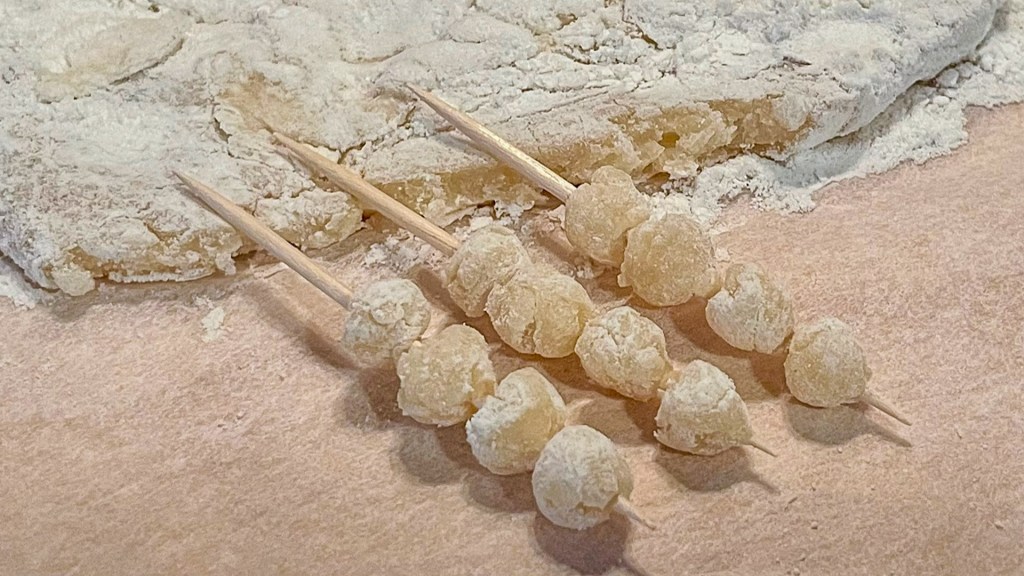
Here’s a cool tip: When the bite is on, stopping to form a new dough ball takes time. Keep the fun rolling by making several dough balls and sticking them on a toothpick. Each time you need to rebait, slide off a dough ball, give it a squeeze to close the hole and you’re ready to fish.
A basic microwaved dough ball will tempt plenty of fish, but enhancing your bait with some type of scent won’t hurt. Garlic and anise oil are known fish-attractors, while minnow scent sprays and gels from brands like Kodiak, Pro-Cure, Berkley PowerBait and Spike-It also help.
Plain or scented, microwaved dough also works as chum — free portions dropped into the water to stimulate feeding and concentrate fish. Try two strategies: First, scatter several tightly wadded dough balls that sink fast and reach deeper fish. Next, flatten a few dough balls into discs, which slowly flutter through the water column.
The latter tactic affords you a longer window of visibility. You may notice round dough balls suddenly vanishing as fish eat them on their descent, but the slow-falling discs will often give you a clear picture of fish species, size and location.
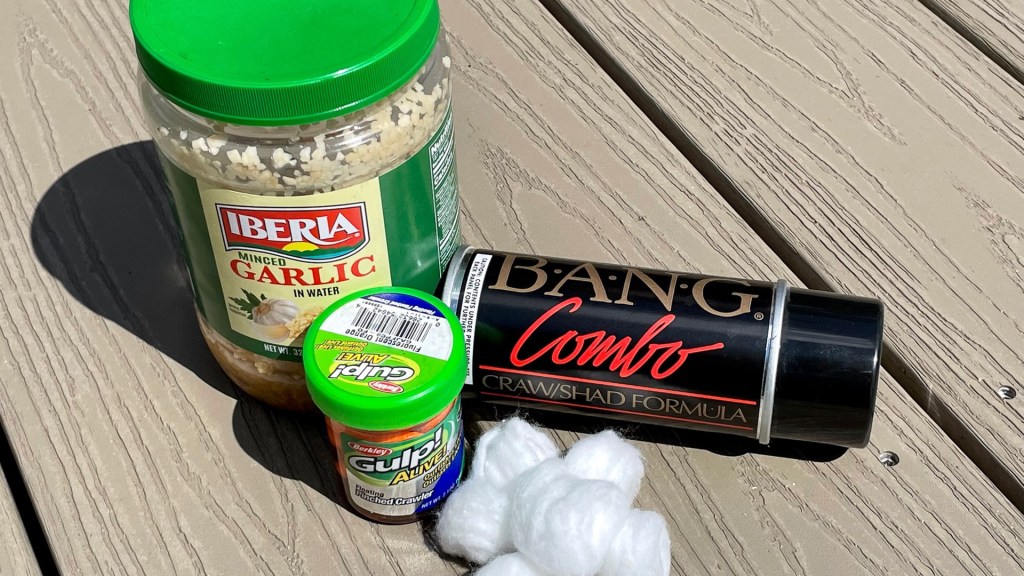
Cotton balls
Taking a break from the fully organic baits, we have to note this old-school catfish trick, which creates low-cost bait from cotton balls sprayed or soaked in some type of attractant. You can use store-bought scents (including the liquid in which Berkley Gulp! baits are packaged), but remember, catfish are mostly scavengers with a strong sense of smell, so don’t hesitate to soak those cotton balls in chicken soup, bacon drippings or the raw liquid pooled in a tray of fresh chicken or beef.
Let the saturated cotton balls sit overnight for the scent to, ahem, “mature.” You may need to pinch your nose while baiting your hook, but catfish love the smelly stuff.
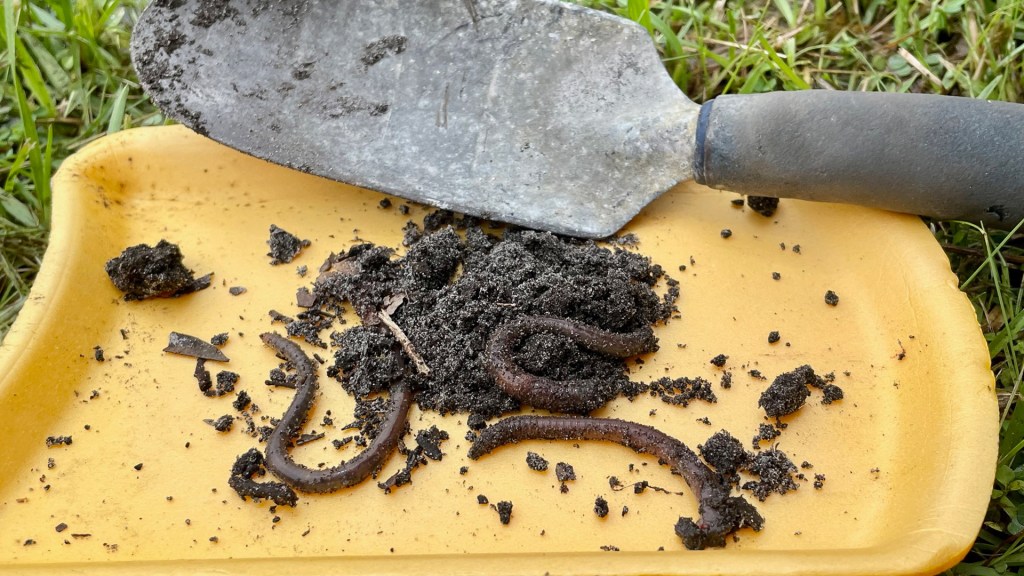
Earthworms
Most panfish, trout and even juvenile bass will eat any worm that hits the water, but the thick-body wiggler worms are the most user-friendly.
You may find worms in moist dirt, but dense, dark, mucky areas are best because they hold more food for the worms. Key areas to look: beneath leaf litter that’s been standing for long periods, under garden pavers, around garden hose spigots or anywhere water drips.
When the ground is moist, the worms will be close to the surface — you’ll often see them wholly or partially emerged when you turn over a rock or paver or brush away leaf litter. Worms are remarkably quick at disappearing into their tunnels, so use a garden spade to scoop up the section of soil or muck where you saw them.
If drier conditions or colder weather has the worms deeper, use a shovel to dip up likely areas. Hand sifting takes time and you may miss a few worms, so simplify the search by dumping the soil or muck into a kitchen colander and using a garden hose or a bucket of water to quickly strain out each shovelful. (Remember to resettle your dig area when you finish.)
Tip: Sprinkle coffee grounds over the area where you’ll be digging for worms, let the food settle for a day or so, and you’ll often find worms closer to the surface.
A whole earthworm or even several may work for catfish and bass, but in many cases, it’s counterproductive overkill. For panfish and smaller trout, use smaller pieces — an inch or less — threaded onto the hook point. Big fish will inhale a small bait, but smaller fish will tug at a full worm until they get their mouthful without ever touching the hook point.
Crickets and grasshoppers
A considerably more labor-intensive effort, finding and catching these widely dispersed insects may have lower productivity than digging up worms or making dough bait, but it can be a fun and engaging activity for young anglers. Spending an hour or so catching crickets and grasshoppers builds interest and a sense of investment in the fishing mission.
A small mesh net will help young hands capture the leaping insects, but don’t smack the net down too hard or you’ll risk squashing your bait. Also, have a ventilated container with a lid handy. Mesh-sided cricket cages are sold at bait shops and pet supply retailers, but you can make your own by poking air holes in the lid of a food-storage container.
For a more efficient capture method, cut a 2-liter beverage container in half and insert the top end into the bottom end with the narrow spout facing downward. (Secure the two pieces by taping the seam.) What you now have is a cricket trap with a wide entry point and a narrow passageway into an open catch area.
Sprinkle a mixture of bread crumbs and sugar, or crushed dog food or cat food (dry), into the bottom section and lay your trap in a grassy area where you’ve seen crickets (or heard them at night). Sprinkle a little of your bait mixture near the trap’s opening to attract crickets.
As the insects smell the bait, they’ll venture into the trap, pass through the narrow part and drop into the catch area. They won’t be able to find their way back out of the trap, so they’ll remain in that bottom section.
In the morning, check your trap and you’ll likely find several crickets. You may also find roaches and other insects, most of which also make good bait.
Hook grasshoppers and crickets with a small, thin-wire hook through the back and fish them under a bobber. Make sure you have a secure connection with enough room for the cricket to move.
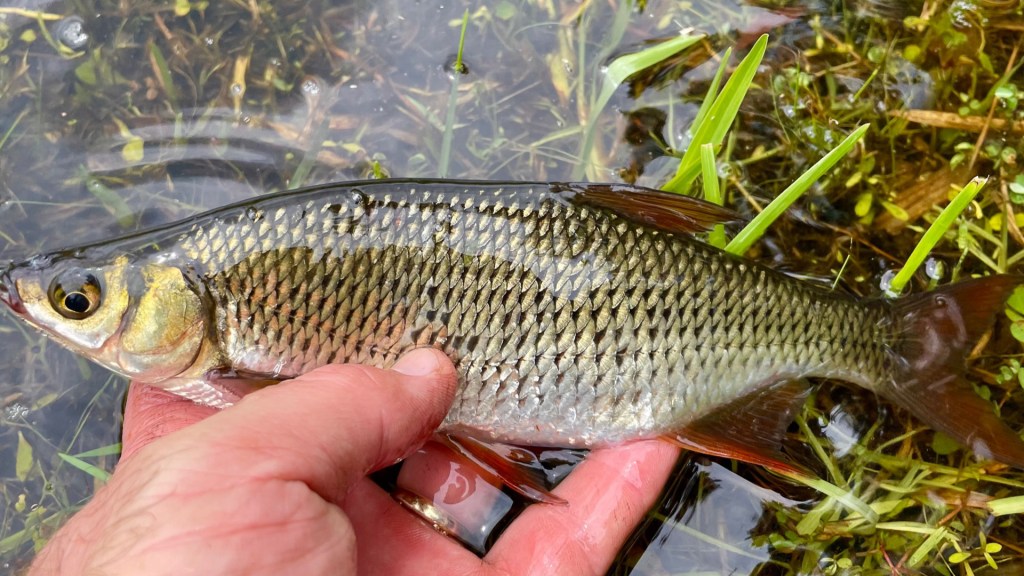
Baitfish
If you’re quick with a dip net, a plethora of minnows, mosquito fish and mummichogs often cluster amid shoreline vegetation. Toss a few pieces of bread to concentrate the small fish into a strategic area before attempting to net them.
Another option: Lay a window screen lengthwise in the shallow water, spread pieces of bread across the center and wait for small fish to congregate. Crouch low and minimize your movements, and the little fish will usually tolerate your presence while they eat.
Once a dozen or so have gathered, quickly raise the screen and scoop the wriggling baitfish into a waiting bait bucket. Hook these minnows through the lips and fish them under a float for crappie, big bream, white bass and smaller largemouth bass.
You can also catch baitfish by hook and line. One of the most productive options — also lots of fun to catch — is the golden shiner. Use polarized glasses to scan the shallows and you may see schools or clusters of long, narrow fish with broad, reddish-brown tails. Dough balls and earthworms make good shiner bait.
The smaller shiners of an inch or two will tempt big crappie, while those of 3 to 4 inches are commonly used for largemouth bass. Jumbo shiners of 10 to 12 inches are popular in Southern waters for trophy-size largemouth.





